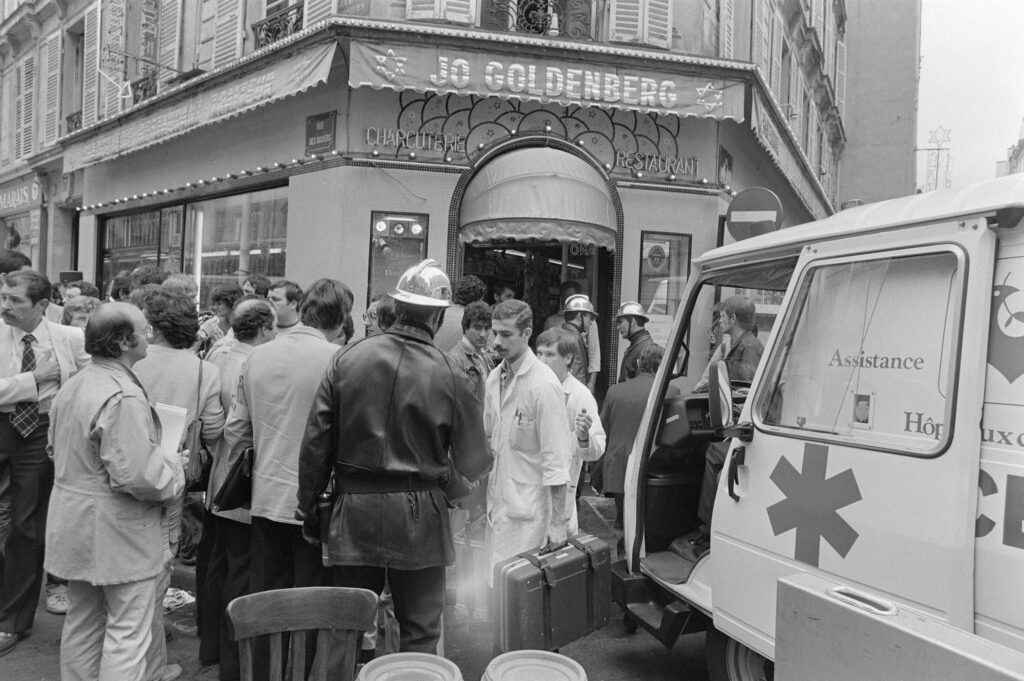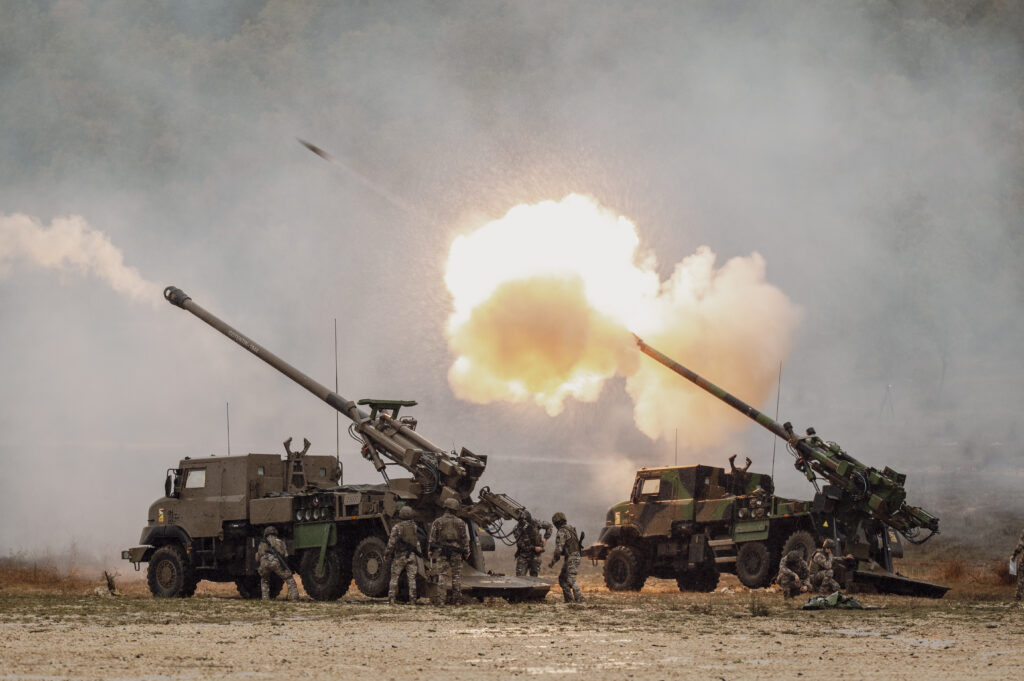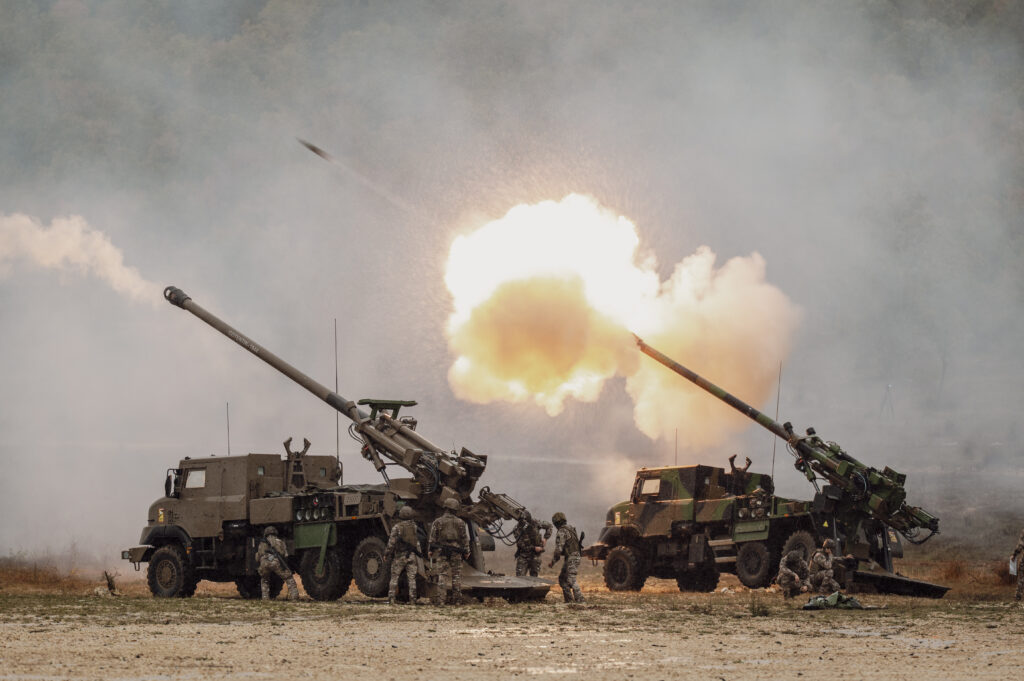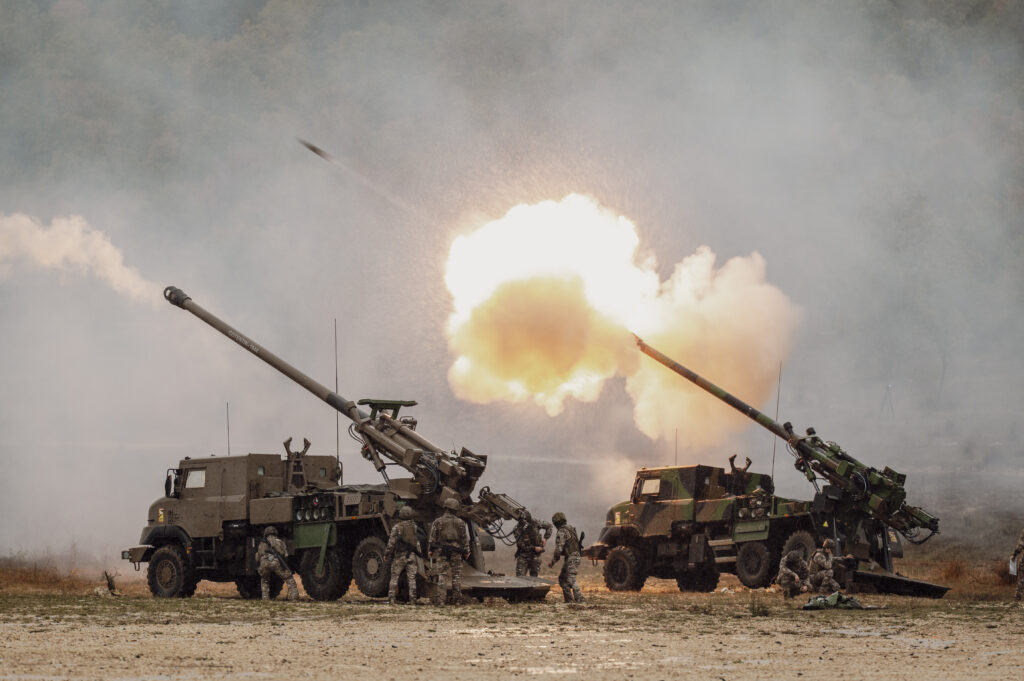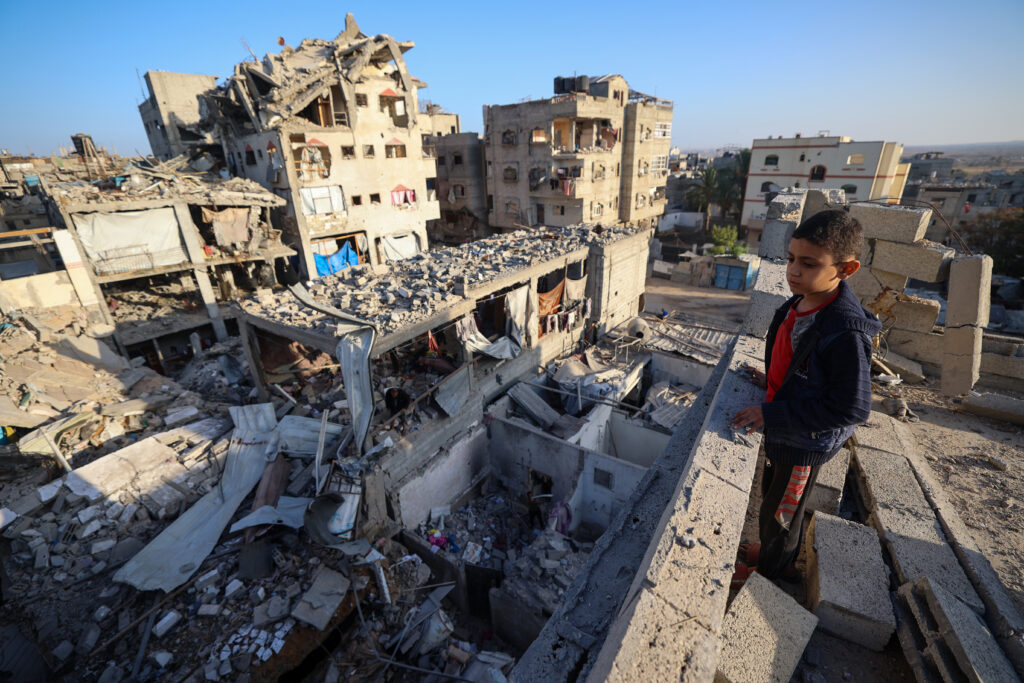Macron a reçu Sarkozy avant son incarcération, Darmanin ira le voir en prison
Emmanuel Macron a reçu Nicolas Sarkozy quelques jours avant l’incarcération mardi de son prédécesseur à la prison parisienne de la Santé où le ministre de la Justice, Gérald Darmanin, a annoncé lundi qu’il lui rendrait visite. Jamais dans l’histoire de la République française ou de l’Union européenne, un ancien chef d’Etat n’a dormi derrière les barreaux.M. Sarkozy “a été reçu vendredi” par le chef de l’Etat, a déclaré à l’AFP une source au sein de l’exécutif, qui confirme une information du journal Le Figaro.”J’ai eu des propos publics toujours très clairs sur l’indépendance de l’autorité judiciaire dans le rôle qui est le mien. Mais il était normal que sur le plan humain, je reçoive un de mes prédécesseurs, dans ce contexte”, a dit lundi le président de la République Emmanuel Macron lors d’une conférence de presse à Portoroz, en Slovénie.”J’irai le voir en prison”, a de son côté lâché sur France Inter Gérald Darmanin qui avait rendu visite à son mentor en politique après sa condamnation le 25 septembre à cinq ans de prison par le tribunal correctionnel de Paris.Un choix critiqué par l’Union syndicale des magistrats (USM), qui a pointé “une démarche médiatique”, le Syndicat de la magistrature (SM) dénonçant une “confusion des rôles” entre ceux de ministre de la Justice et d’ami de l’ancien chef de l’Etat.Nicolas Sarkozy a été reconnu coupable d’avoir laissé ses collaborateurs Claude Guéant et Brice Hortefeux préparer un projet de financement de sa campagne présidentielle de 2007 par la Libye de Mouammar Kadhafi, lors de rencontres avec un dignitaire du régime condamné à perpétuité en France pour l’attentat contre le DC-10 d’UTA en 1989 (170 morts). L’ancien chef de l’Etat a fait appel.Relevant que le garde des Sceaux pouvait “aller voir n’importe quelle prison et n’importe quel détenu quand il le souhaite”, Gérald Darmanin ne voit aucune atteinte à l’indépendance de la justice dans sa promesse de visite: il est de sa responsabilité de s’assurer de la bonne organisation de cette détention hors norme comme de la sécurité de l’ancien chef de l’Etat, a-t-il fait valoir. Mais sa promesse est aussi celle d’un homme qui accueille avec “beaucoup de tristesse” cette incarcération. Un sentiment largement partagé au sein d’une droite française dont Nicolas Sarkozy fut la figure tutélaire.Le président LR du Sénat, Gérard Larcher, également “triste”, salue le “courage” de M. Sarkozy, 70 ans, “sa détermination et la solidarité de sa famille”. Cette dernière a appelé à un rassemblement mardi matin, quand l’ex-chef de l’Etat quittera pour la Santé son domicile de l’ouest parisien.- Loi de 2019 -Tout en défendant “l’indépendance de la justice” en sa qualité d’ancien chef de l’Etat, François Hollande a dit sur BFMTV mesurer “ce que cette incarcération peut représenter” pour un homme “qui a servi la France”.Au moins autant que cette condamnation, c’est le mandat de dépôt ordonné par le tribunal qui avait suscité la stupeur.Celui-ci est ordonné de manière routinière par les tribunaux correctionnels, sans attendre un jugement en appel. Dans un message sur X après la condamnation de Nicolas Sarkozy, Emmanuel Macron avait semblé remettre en cause ce principe, expliquant que “dans notre État de droit, la présomption d’innocence comme le droit au recours doivent toujours être préservés”.Si le mandat de dépôt à la barre est ancien, la possibilité de prononcer son exécution provisoire avec un effet différé pour laisser le temps au condamné de s’organiser, comme dans le cas de Nicolas Sarkozy, a été introduite en 2019 dans une loi soutenue par les parlementaires du camp présidentiel.A la Santé, M. Sarkozy devrait être installé seul dans l’une des quinze cellules de 9 m2 du quartier de l’isolement. C’est le seul moyen d’éviter toute interaction avec d’autres détenus et d’assurer sa sécurité.Il y entrera “la tête haute” et avec une biographie de Jésus et “Le Comte de Monte-Cristo”, l’innocent injustement condamné le plus célèbre de la littérature française, a-t-il confié dimanche au Figaro. Ses avocats déposeront immédiatement une demande de mise en liberté. La cour d’appel aura deux mois pour statuer mais l’audience devrait intervenir plus rapidement.A ce stade de la procédure, le trouble à l’ordre public causé par “l’exceptionnelle gravité des faits” invoqué par le tribunal correctionnel ne sera plus un critère. Depuis son appel, M. Sarkozy redevient présumé innocent. Il ne peut être maintenu en détention que si c’est l'”unique moyen” d’empêcher des pressions sur témoins ou victimes, une fuite ou une récidive, des interactions avec des complices, ou bien d’assurer sa sécurité. Si ce n’est pas le cas, il doit être remis en liberté, le cas échéant en l’assignant à résidence avec un bracelet.

